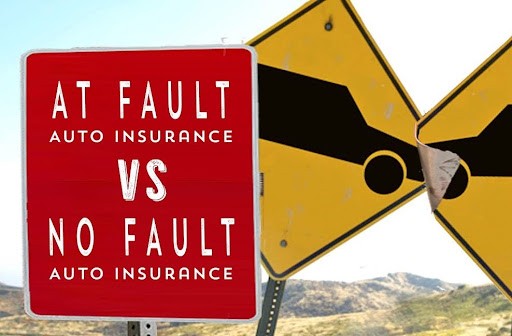It might be difficult to determine who caused an accident when there are two or more automobiles involved. But because each state has its own rules and demonstrating blame is crucial to insurance claims, it pays to understand “What does no-fault state mean” and who is responsible for car damage in a collision case?
In this blog Car Accident Lawyer Staten Island explain everything in detail: –
Accidents in No-Fault vs. At-Fault States
What does the term “no-fault state” mean? What distinguishes blame state accidents from no-fault state accidents? People frequently want to know what occurs following no-fault accidents and have a lot of questions about them.
In no-fault states, the driver’s personal injury protection (PIP) coverage reimburses lost wages and medical costs following an automobile accident, regardless of who was at fault. Contrary to popular belief, a no-fault state does not absolve all parties of responsibility for the accident. Even if they are at fault for the unfavorable incident, drivers must still have liability insurance to pay for the costs they cause to others.
How does a No-Fault car insurance work?
It’s time to comprehend the goal of this kind of insurance and how it functions now that you know the definition of a no-fault state. No-fault insurance’s main goal is to save time and money (typically associated with legal proceedings). Both sides typically incur large costs as a result of the claims process and litigation, which delays the settlement.
Regardless of who caused the car collision, personal injury protection insurance immediately pays out in no-fault states. As a result, it is less likely that one party will sue the other.
What should one do therefore, following an automobile accident? Making sure that everyone is safe is the first step, then. Then, you ought to:
-
Inform Your Insurance Company About the Accident
The following step is to let your insurance agent know about the incident. When speaking with the opposite side, you should be careful to avoid assuming responsibility and to keep culpability in mind.
-
Describe the insurance adjuster’s situation
Explain what happened and provide as many details as you can to your insurance adjuster over the phone or in person. If you can, take notes on any important details from the accidents so that you may accurately relay them to your insurance provider.
-
Offer Medical Documentation to Support Your Injury Claim
Keep the hospital or physical therapy clinic bills and medical documents in case there is an injury. It is crucial to offer evidence.
What Damage Is Covered by No-Fault Insurance?
Any country’s laws governing auto insurance define negligence as fault. Therefore, depending on the coverage plan you have, your insurance would pay out if you were the one who caused the accident. But who foots the bill in a no-fault accident?
Everything relies on the quantity and type of insurance you have. A fundamental insurance policy in a no-fault state should cover the following:
- Medical expenses
- Amounts paid out of pocket
- Lost income
- Funeral costs
Get Help from a Car Accident Lawyer Staten Island
You have the same alternatives for getting the money to fix your car whether you reside in an at-fault state or not. Nobody enjoys dealing with insurance companies or bringing a lawsuit after a vehicle accident. But taking these actions is crucial to healing from a vehicle accident and undoing its damaging effects on your life.
Please get in touch with Siler & Ingber Car Accident Lawyer Staten Island team , if you need legal counsel on this matter.


